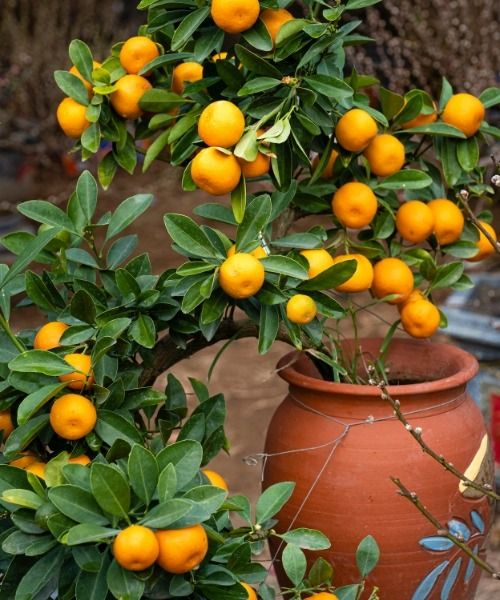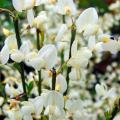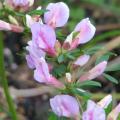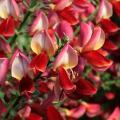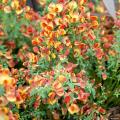White Brooms
Would this plant suit my garden? Set up your Plantfit profile →
Available in 1 sizes
A selection of white-flowered Brooms. Broom is a flowering shrub, often scented, with a honey-producing spring flowering. Hardy and undemanding, it tolerates poor, sandy, dry soils in summer. This lovely plant can take on the characteristics of Cytisus praecox 'Albus', a compact and well-branched bush that is covered in fragrant white flowers from March onwards. Some varieties of Cytisus scoparius, known for their vibrant colours, also offer white flowers, such as 'White Lion'. The "true" white broom is called Retama monosperma. It is a highly scented species native to the Canary Islands, with a graceful, slightly weeping habit. Coming from North Africa, Retama raetam is similar, but its flowers are less fragrant. These last two 'brooms' are not very hardy, but they remarkably resist drought.
Broom deserves a prime spot in the garden. It can be combined with many shrubs with foliage or spring or staggered flowering.
Haven't found what you were looking for?

































